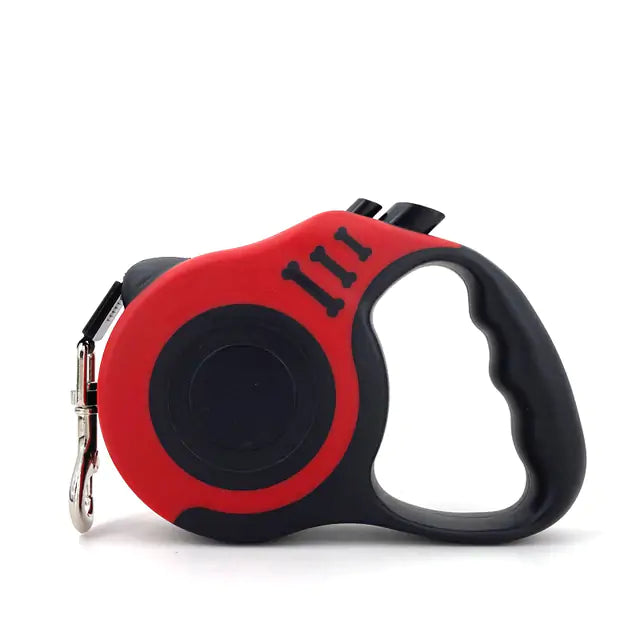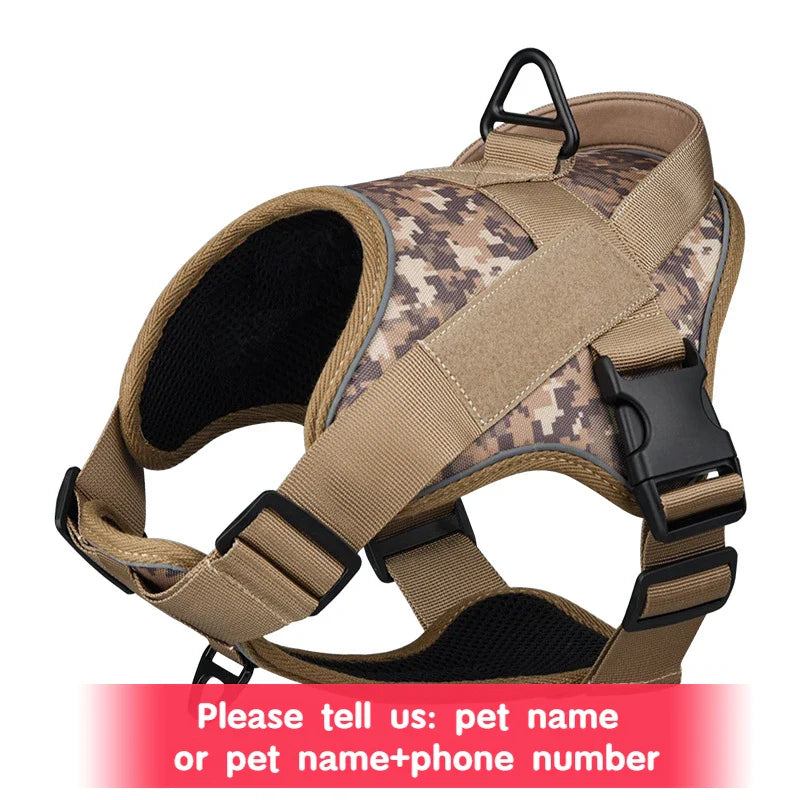Summer Heat and Your Pets: A Comprehensive Guide to Keeping Them Cool
As the sun reaches its peak intensity and the air becomes heavy with summer's warmth, we often revel in the longer days and outdoor activities. However, for our beloved furry companions, this season can pose a significant challenge. The intense summer heat can be a real danger to pets, leading to heat exhaustion and even heat stroke. Therefore, it's crucial to prioritize their comfort and safety during these warmer months. This comprehensive guide will equip you with the knowledge and practical tips to keep your pets cool and comfortable throughout the summer.
Understanding the Risks of Summer Heat for Pets
Pets, especially those with thick fur, are more susceptible to overheating than humans. Their ability to regulate their body temperature is limited, and they rely on panting to cool themselves down. When the temperature rises, their panting becomes more labored, and their bodies struggle to dissipate heat. This can lead to a dangerous condition called heat stroke, which can have serious consequences, including organ damage and even death.
The risks associated with summer heat are not uniform across all pets. Some breeds, like brachycephalic dogs (those with flat faces like Bulldogs and Pugs), are particularly prone to heat stroke due to their respiratory challenges. Additionally, older pets, overweight pets, and pets with pre-existing medical conditions are more vulnerable to the effects of heat.
Recognizing the Signs of Overheating in Pets
It's crucial to be vigilant and recognize the signs of overheating in your pets. Early detection can make a significant difference in preventing a heat stroke. Here are some common warning signs, ranging from mild to severe:
- Excessive Panting: If your pet is panting heavily and seems to be struggling to catch its breath, it's a sign of overheating. Observe the intensity and rhythm of their panting. If it's labored or erratic, it's a cause for concern.
- Difficulty Breathing: Look for signs of labored breathing, such as open-mouth panting, gasping, or making unusual noises. Their chest may be expanding and contracting more visibly than usual.
- Increased Heart Rate: Feel your pet's heart rate by placing your hand on their chest. If it's significantly faster than normal, it could be a sign of overheating. If you're unsure about your pet's normal heart rate, consult your veterinarian.
- Drooling: Excessive drooling is another indication that your pet is trying to cool themselves down. Notice if the drool is thin or thick, and if it's accompanied by other symptoms.
- Weakness or Collapse: If your pet suddenly appears weak, wobbly, or collapses, it's an emergency situation and requires immediate medical attention. This is a severe sign of heat stroke and indicates a critical situation.
- Reddened Gums: Overheated pets often have bright red or even purplish gums due to poor blood circulation. Compare the color of their gums to their normal shade. If they're significantly darker, it's a sign of concern.
- Vomiting or Diarrhea: These symptoms can accompany heat exhaustion and should be taken seriously. Pay attention to the frequency and consistency of their vomit or diarrhea.
- Lethargy and Disorientation: Your pet may become lethargic, sluggish, and confused. Their usual playful demeanor may change to listlessness.
- Seizures: In severe cases, heat stroke can trigger seizures. If your pet experiences a seizure, call your veterinarian immediately.
If you notice any of these signs, immediately move your pet to a cool, shaded area and contact your veterinarian. Quick action is crucial to prevent serious health complications. Even if your pet seems to recover quickly, it's important to seek professional medical attention to ensure no underlying damage has occurred.
Proactive Measures: Creating a Cool Haven for Your Pet
Preventing overheating is the best approach to keeping your pet safe. Here's a breakdown of proactive measures you can implement to create a cool and comfortable environment for your furry friend:
1. Provide Shade and Shelter
- Outdoor Shade: Ensure your pet has access to a shaded area in your yard, especially during the hottest hours of the day. Trees, awnings, or portable sunshades are excellent options. Make sure the shade is dense enough to block direct sunlight.
- Indoor Refuge: Provide a cool, shaded area indoors where your pet can retreat from the heat. This could be a tiled floor, a basement, or a cool room with a fan. Avoid placing their beds directly in front of windows where they could be exposed to direct sunlight.
- Dog Houses: If your dog spends time outdoors, invest in a well-ventilated dog house. Look for ones with raised floors to improve air circulation. Avoid dog houses that are made of dark-colored materials, as they absorb more heat. Consider placing the dog house in a shaded area.
- Strategic Placement: Avoid placing their bed in areas that are close to heat sources like radiators or appliances.
2. Hydration is Key
- Fresh Water: Always have fresh, clean water available for your pet. Fill their bowls regularly throughout the day, especially during hot weather. Consider using multiple water bowls placed strategically in different areas of your home or yard.
- Ice Cubes: Add a few ice cubes to their water bowl to keep it cool and encourage them to drink more. You can also freeze water in toys or bowls for a longer-lasting, refreshing treat.
- Travel Water Bowls: If you're taking your pet on outings, bring a portable water bowl and refill it regularly. Make sure to provide water breaks during walks or hikes, even if they're short distances.
- Avoid Salty Foods: Salty foods can dehydrate pets, so it's best to avoid them during hot weather. Stick to fresh water and their regular diet.
- Frozen Treats: Offer frozen treats, such as frozen yogurt (ensure it's dog-friendly), ice pops, or frozen fruits and vegetables, as a cool and hydrating snack.
3. Cool Down with Water
- Splash of Refreshment: Give your pet a refreshing splash of water using a spray bottle, hose, or kiddie pool. Supervise them to prevent accidental drowning, especially if they're not strong swimmers.
- Cool Bath or Shower: A cool bath or shower can quickly lower your pet's body temperature. Use lukewarm water and avoid chilling them, as it can cause shock. If they're particularly hot, a gentle hose spray can be a soothing option.
- Avoid Cold Water: Avoid using cold water, as it can shock their system and worsen their condition. Stick to lukewarm or slightly cool water.
- Water Play: If your pet enjoys water, provide opportunities for them to play in a kiddie pool or sprinkler. Supervise them closely and ensure the water is shallow enough for them.
4. Cooling Mats and Beds
-
Cooling Mats: Cooling mats use special materials that absorb heat and release coolness, providing a refreshing surface for your pet to lie on. These mats are particularly helpful for pets who spend a lot of time on hard floors or in warm areas.

- Cooling Beds: These beds are designed to dissipate heat and provide a cool resting spot. Some models even feature built-in fans for extra cooling. Look for beds made of breathable materials that allow air circulation.
- Frozen Water Bottles or Ice Packs: Wrap a frozen water bottle or ice pack in a towel and place it under your pet's bed for additional coolness. This can help to create a cool microclimate for them to relax in.
- Avoid Fabric Beds: During hot weather, consider replacing fabric beds with cooling mats or beds made of breathable materials. Fabric beds can trap heat and make your pet feel uncomfortable.
5. Grooming for Summer Heat
- Haircuts: If your dog has a thick coat, consider a short haircut to reduce heat buildup. Consult with a professional groomer for advice on the best cut for your dog's breed and coat type. Some breeds have specific grooming needs, so it's essential to consult with an expert.
- Regular Brushing: Regular brushing will help remove loose fur and prevent matting, which can trap heat close to their skin. Brushing also helps to distribute natural oils, which can create a protective layer against heat.
- Avoid Shaving: While it may seem like shaving a pet completely will help them stay cool, it can actually do the opposite. Their fur provides natural insulation and protection from the sun's rays. Shaving can make them more susceptible to sunburn and heatstroke. If you're concerned about your pet's coat, consult your veterinarian.
Adjusting Activities for Hot Weather
Summer activities need to be adjusted to accommodate the heat and keep your pet safe. Here's what to keep in mind:
- Avoid Strenuous Activity: Limit walks and playtime to cooler hours, early morning or evening. Avoid exercising your pet during the hottest part of the day. Instead of intense play sessions, opt for gentle activities like fetch in the shade or short, leisurely walks.
- Take Breaks: If your pet is panting heavily or seems fatigued, take a break and rest in a shaded area. Monitor them closely for any signs of overheating. Consider carrying a portable water bowl and offering water breaks frequently.
- Paved Surfaces: Be mindful of hot surfaces like sidewalks and asphalt. These can reach extremely high temperatures, causing burns to your pet's paws. Test the temperature with your hand before walking your pet on these surfaces. If it's too hot for you, it's too hot for your pet. Consider walking on grass or trails during the hottest hours.
- Adapt Activities: If your dog loves swimming, consider taking them to a dog-friendly swimming pool or lake. Swimming is an excellent way for them to cool down and stay active.
- Avoid Extreme Temperatures: During the hottest days, it's best to keep your pet indoors or in a cool, shaded area. Avoid taking them on long car rides, as the temperature inside a parked car can rise quickly and become dangerous.
Additional Safety Tips
- Never Leave Your Pet in a Car: The temperature inside a car can rise rapidly, even on mild days. Never leave your pet unattended in a parked car, even for a short time. The consequences can be fatal. Even with the windows slightly open, the temperature inside a car can reach dangerous levels within minutes.
- Beware of Toxic Plants: Some plants, such as lilies, can be poisonous to pets. Keep your pet away from any plants that could be harmful to them. Check with your veterinarian or a plant expert to identify any toxic plants in your home or yard.
- Stay Informed: Stay informed about the weather forecast and take precautions based on the temperature. Monitor local weather reports and adjust your pet's activities accordingly.
- Consult Your Veterinarian: If your pet has any health conditions, consult your veterinarian for advice on how to keep them cool and safe during the summer months. They can provide personalized recommendations based on your pet's specific needs.
- Travel Safety: If you're traveling with your pet during the summer, take extra precautions to keep them cool and comfortable. Make sure they have access to plenty of water and shade, and avoid traveling during the hottest hours of the day.
Conclusion: Prioritizing Your Pet's Well-being
Summer can be a joyful time for both you and your pet, but it's essential to prioritize their health and well-being. By taking proactive measures and being mindful of the signs of overheating, you can help your furry friend enjoy the warm weather safely and comfortably. Remember, your pet's happiness and safety are paramount, so prioritize their comfort and well-being throughout the summer heat. By following these tips and staying vigilant, you can ensure your pet's well-being and create happy summer memories together.




